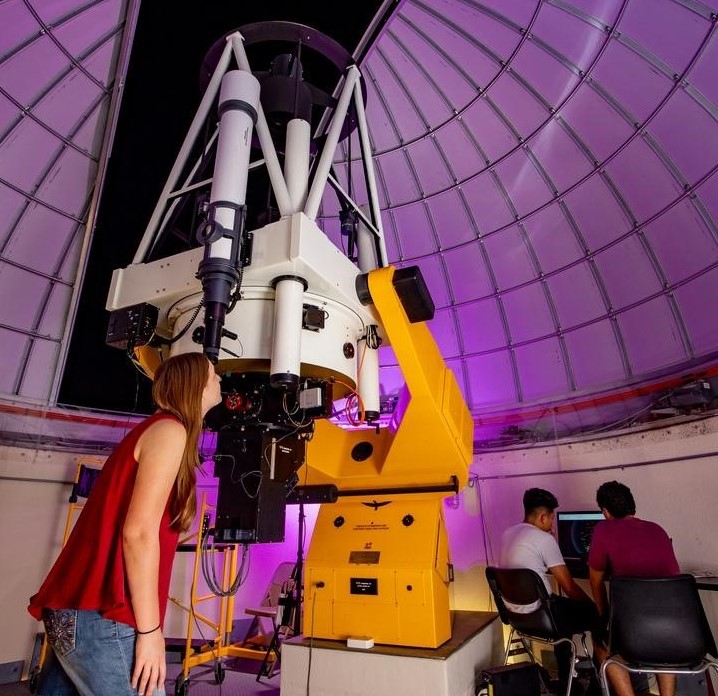Document Type
Article
Publication Title
Journal of Geophysical Research: Space Physics
Abstract
he evolution of He+-mode electromagnetic ion cyclotron (EMIC) waves is studied inside the geostationary orbit using our global model of ring current (RC) ions, electric field, plasmasphere, and EMIC waves. In contrast to the approach previously used by Gamayunov et al. (2009), however, we do not use the bounce-averaged wave kinetic equation but instead use a complete, nonbounce-averaged, equation to model the evolution of EMIC wave power spectral density, including off-equatorial wave dynamics. The major results of our study can be summarized as follows. (1) The thermal background level for EMIC waves is too low to allow waves to grow up to the observable level during one pass between the “bi-ion latitudes” (the latitudes where the given wave frequency is equal to the O+–He+ bi-ion frequency) in conjugate hemispheres. As a consequence, quasi-field-aligned EMIC waves are not typically produced in the model if the thermal background level is used, but routinely observed in the Earth's magnetosphere. To overcome this model-observation discrepancy we suggest a nonlinear energy cascade from the lower frequency range of ultralow frequency waves into the frequency range of EMIC wave generation as a possible mechanism supplying the needed level of seed fluctuations that guarantees growth of EMIC waves during one pass through the near equatorial region. The EMIC wave development from a suprathermal background level shows that EMIC waves are quasi field aligned near the equator, while they are oblique at high latitudes, and the Poynting flux is predominantly directed away from the near equatorial source region in agreement with observations. (2) An abundance of O+ strongly controls the energy of oblique He+-mode EMIC waves that propagate to the equator after their reflection at bi-ion latitudes, and so it controls a fraction of wave energy in the oblique normals. (3) The RC O+ not only causes damping of the He+-mode EMIC waves but also causes wave generation in the region of highly oblique wave normal angles, typically for θ > 82°, where a growth rate γ > 10−2rad/s is frequently observed. The instability is driven by the loss cone feature in the RC O+ distribution function, where ∂F/∂v⟂>0 for the resonating O+. (4) The oblique and intense He+-mode EMIC waves generated by RC O+ in the region L≈2–3 may have an implication to the energetic particle loss in the inner radiation belt.
First Page
7541
Last Page
7565
DOI
doi.org/10.1002/2014JA020032
Publication Date
9-2014
Recommended Citation
Gamayunov, K. V.; Engebretson, M. J.; Zhang, M.; and Rassoul, H. K., "Model of electromagnetic ion cyclotron waves in the inner magnetosphere" (2014). Aerospace, Physics, and Space Science Faculty Publications. 633.
https://repository.fit.edu/apss_faculty/633


